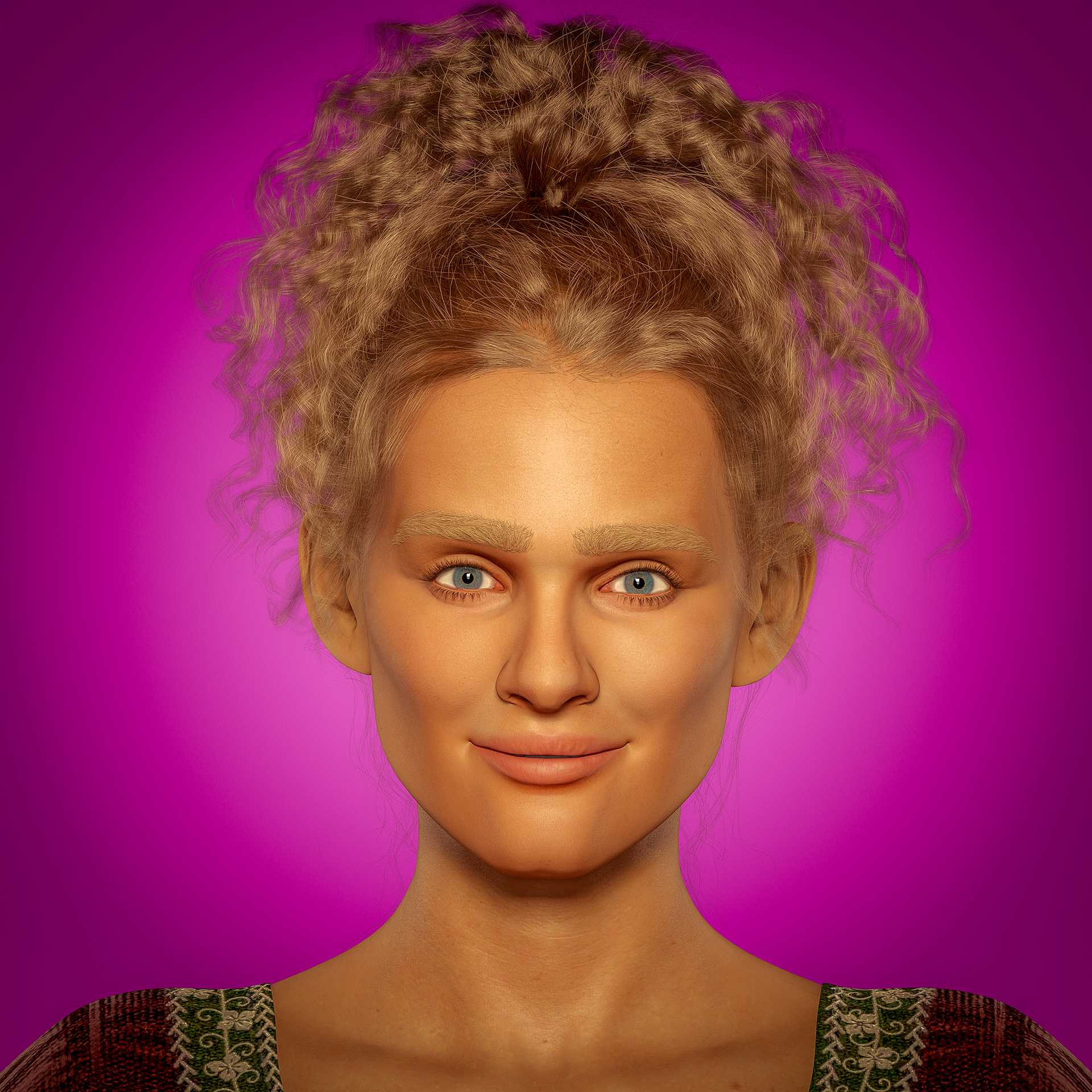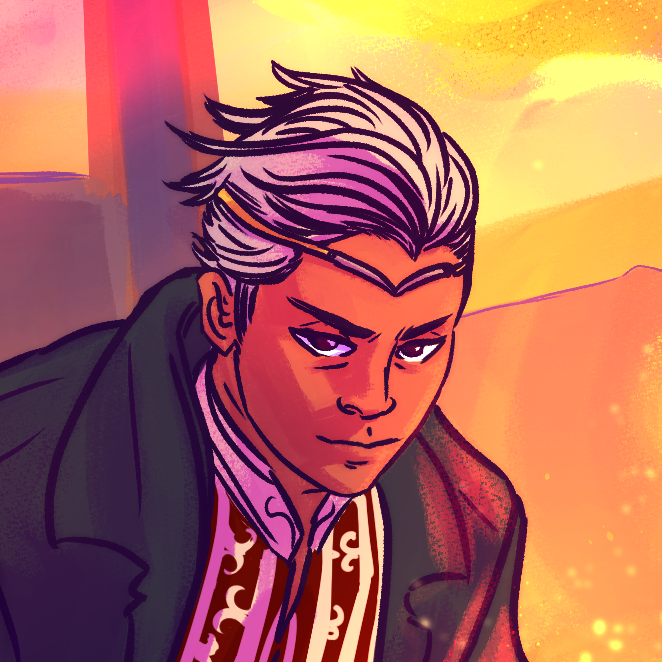Yesterland Academy
Yesterland Academy is a small but influential university in Eden, a school which adapts the training methods of the ancient Bekiskapan for use across countless disciplines. It was founded in 145 by the Seven Queens, a group of powerful women who sought to better educate the populace of their native Wonderland.
By trading on the heroic reputation of the Bekiskapan, the Queens garnered worldwide attention. And by utilizing authentic techniques, which were passed down to founder Aesling O’Briar prior to her cursed century-long sleep, they made good on their promises.
The university’s teaching philosophy blends elements of constructivism, essentialism, and pragmatism in its efforts to prepare students not only for the world as it is today, but for the ever-changing world to come.
Campus
Yesterland Academy is located in the village of Haven Hill, near the eastern banks of the Novoya Volga, on a sprawling 75-acre campus. The spot was selected because of its proximity to Yesterland’s borders with Motherland, Fatherland, and The Realm, but also because there were three academic buildings just sitting there unused—kept magically pristine since the dawn of the First Age.
It was almost as if the sister goddesses wanted someone to open a school here. And that, in fact, is how two of those initial three buildings got their names. Phina Hall was named for Phina, of course, while Mira Hall was named for her sister.
All told, the campus is comprised of fifteen buildings and a forested “Back Forty”—a nature preserve which occupies the easternmost part of the property. The whole of the rectangular plot, including the Back Forty, is surrounded by an enchanted wrought iron fence. This gated barrier protects the students, faculty, and wildlife from any being or force of nature which would seek to do them harm.
The Buildings
- Mira Hall, a four-story classroom building in the Neoclassic style
- Phina Hall, a near-twin of Mira Hall which is home to two theaters, a dance studio, and classrooms
- Academy Hall, the administrative headquarters of the university, the upper floors of which provide housing for students
- Jackman Hall, home to the fitness center, the infirmary, counseling services, and, of course, more classrooms
- Jones Hall, a modest-looking classroom building which conceals a vast underground library and museum
- Agatha Hall, a haunted Victorian mansion that’s bigger on the inside… or is it?
- Banyan North and Banyan South, two four-story dormitories flanking the tree-lined Banyan Pond
- Seven Roman domus for the housing of upper-level students
Kitchens and dining areas can be found in nearly every building on campus, though the most popular place to sit and eat on pleasant days is the Quad—an open-air forum encircled by Academy, Agatha, Jackman, and Jones.
Structure
The university is divided into five distinct departments or schools:
School of the World
The School of the World is dedicated to the study of biology, geology, ecology, and anthropology. It is concerned with living things, the environment, and the impact of each upon the other.
School of the Story
The School of the Story concerns itself with the narratives that sapient beings construct to make meaning in the world. Here is where students will find courses covering history, art, literature, music, writing, philosophy, religion, theater, and dance
School of the Self
The School of the Self seeks to promote the physical, mental, and emotional well-being of its students. Subjects found under its umbrella include fitness, wellness, counseling, psychology, and self-defense.
School of the Laws
The School of the Laws deals with the rules of the world, both the rules that can be bent or changed and those which cannot. It covers the topics of magic, legal scholarship, math, chemistry, and physics, among others.
School of the Mystery
The School of the Mystery is the home for subjects which don’t fit neatly into any of the other schools, at least not yet. It is the catch-all department for the university and home to its most unorthodox thinkers and scholars.
Founders
The Seven Queens, as part of their continued efforts to address the mismanagement of Wonderland by the False Kings, opened Yesterland Academy in the autumn of 145. Their mission as a collective was to better educate a people who had been kept ill-informed and under-schooled for decades, and to do so without pushing too hard against the community’s well-documented disdain for technology. But beyond that, each of the founders had her own reasons for starting a school.
Faculty
While countless scholars have taught at Yesterland Academy over the centuries, the most famous faculty members have included Alice Lewis, Rumapa Stiltskín, and Percy Morgan. Notable guest lecturers have included Esklado dab Mol, Peter Pan, Albus Lepus, and Willem Shaxbeard.
Students
Admission, Tuition, and Fees
Yesterland Academy admits students from across Wonderland and from other countries throughout Eden. Though the typical first year student is a Wonderlandian who has just come of age, there are and have never been any admission requirements based on age, gender, racial identity, or religious affiliation.
While no full-blooded halflings were allowed to attend during the early years of the college’s existence, due to the forced restriction of the species to Oz from 142–263, no member of any sapient species has been denied entry since Queen Frieda abolished the so-called “halfling ban” at the start of her reign.
Tuition and fees are covered in full for any citizen of Wonderland who commits to serving three years in the armed forces. Otherwise, the cost of attending varies depending on the financial status of the student and their family. Students from wealthier families pay more, in order to defray or eliminate the costs for families of lesser means.
Academic Progression
The university confers three types of degrees:
- Adept, roughly equivalent to a real-world Bachelor’s degree
- Authority, roughly equivalent to a Master’s
- Expert, roughly equivalent to a Doctorate
An Adept program lasts for three years, an Authority for two to three, and an Expert from three to four.
Students typically focus their studies in one of the five schools, though they are nudged toward a more interdisciplinary education whenever possible. Many change focus at least once during the Adept program, but a change in focus during an Authority or Expert program is virtually unheard of.
Students wishing to switch their field of study after reaching Adept status must demonstrate extensive familiarity with the new area of focus to a panel of Experts.
One of the most beloved parts of the university’s culture is their adoption of Bekiskapan body painting customs to signify student, faculty, and alumni levels of achievement during formal gatherings. While the secret to making the Bekiskapan’s stone skin the impenetrable body armor of yesteryear has been lost to history, the aesthetic part of the custom has survived.
Students in an Adept program wear one pattern, students in the fourth through seventh years of their studies wear a different pattern each year, and students in their eighth year of studies and beyond wear the final, most prestigious pattern—the one once worn by Bekiskapan generals such as Kester Thidos.
Faculty wear the final pattern. Alumni wear the pattern of the year when they completed their studies.
Graduation
Students at Yesterland Academy graduate only when they choose to graduate. They are welcome to study at the university for life if they want. But each May, faculty, students, and alumni gather near the front of campus, in the space between Academy, Mira, and Phina Halls, for a commencement ceremony.
Those students wishing to declare their studies complete are invited to set foot upon the so-called “Sacred Sod” to commemorate the occasion. These patches of grass, located at the center of the space between the campus’ first three buildings, are off-limits to all but alumni and faculty. Once you set foot upon the Sod, you are a student no more. That’s the custom. Everybody knows it. Everybody respects it. And for hundreds of years, no one has violated this tradition.
Oh, some have tried. But the Ghost of the Green has shown them the error of their ways every time.























How can they not be sure whether it's bigger on the inside?? Just grab some measuring tape, y'all... -.-
Too low they build who build beneath the stars - Edward Young
Well, sometimes, according to some people, it is. But contrarywise, sometimes it isn't.